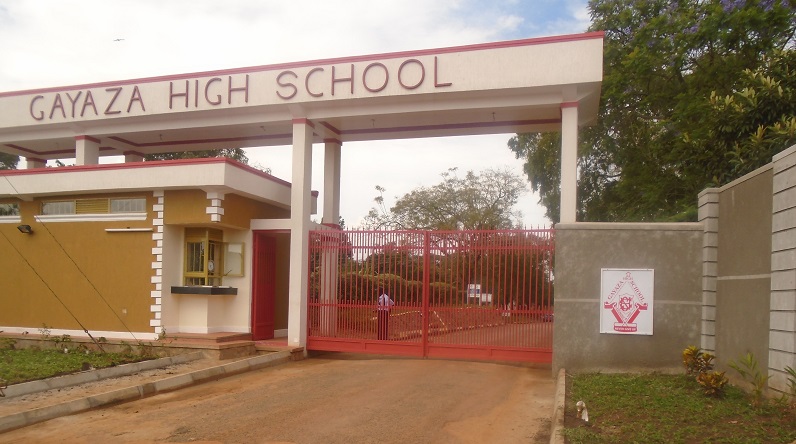dfcu banks acquisition of some of the assets and assumption of some of liabilities of the former Crane bank continues to generate a lot of public debate and although it was not the first such transaction by dfcu bank, it involved the 3rd largest bank by assets.
Before being placed under liquidation by Bank of Uganda, Crane bank had built a very strong brand through the power of the media and ‘perceived’ efficiency driven by fairly loose internal controls and weak corporate governance structures. These for a financial institution is a recipe for disaster.
The pile up of non-performing assets, above 50% compared to the then industry average of 7%, coupled with high operating costs, powered by aggressive branch expansion, eroded the banks’ capital base and it was only a matter of time before the inevitable happened. Bank of Uganda’s intervention was therefore timely considering that Crane bank was a Domestically Systemically Important Bank (D-SIB), whose collapse would have had a huge domino effect on the whole financial eco-system and the economy at large.
How could the Crane bank issue have been resolved?
The bank could have been acquired by another healthy bank through a Merger and acquisition if, it still had franchise value. This would be a private sector resolution that doesn’t require any public sector intervention or administration.
The failing institution enters receivership and its License cancelled and a Purchase and assumption (P&A) transaction were by all or part of the assets and liabilities are transferred to another institution. While P&A is still a private sector resolution, it may require the use of public funds as in an assisted P&A, where authorities can provide guarantees, including loss-sharing agreements.
Liquidation and deposit payoff where the institution is closed and the assets are placed in a liquidating receivership. The liquidation value of the assets is used to repay creditors.
Recapitalization, where by the institution is kept open through public coffers. This can be done in a number of ways, ranging from a restructuring, or “bail-in” that forces creditors to write off some of their claims, to a nationalization, in which shareholders are wiped out and management is replaced, to a capital injection, in which shareholders are diluted but remain and management doesn’t change.
A new bank, so called “bridge bank,” is set up in order to maintain banking operations until a permanent solution can be implemented. Typically, only a portion of the assets would be transferred to the bridge bank while the remaining assets would be liquidated. The bridge bank is ultimately designed to be sold through a P&A transaction.
The bank in distress is split in two: a “good bank and bad bank,” The good bank would retain the performing assets, and a “bad bank,” which receives the remaining assets that would be restructured or liquidated.
Resolution
After giving the Crane bank shareholders an opportunity to recapitalize the bank and months of trying to get an equity investor, Bank of Uganda, the liquidator, entered into a Purchase and assumption (P&A) agreement with dfcu Bank to acquire some of the assets and assume some liabilities of Crane bank limited, under liquidation.
Enter dfcu Bank
Since diversifying from purely development to commercial banking with the acquisition of the then Gold Trust bank in 2000, dfcu bank has had a strategic ambition to become a leading financial institution in Uganda. This has been done through organic growth and strategic acquisitions, the bank now boasts of 67 branches and over 100ATM’s country wide, the Crane bank transaction was therefore well within this ambition.
How has this transaction then changed the Uganda financial landscape?
It restored confidence and financial stability in the financial sector which is critical for driving savings and investments
dfcu bank was able to mobilize and bring in a USD50million bridging loan to shore up its capital to enable the transaction succeed. This was followed up by a very successful 96% uptake, rights issue. This was a big vote of confidence by the shareholders to the management, the banking industry and the country at large
dfcu bank has doubled its capital to over UGX350billion enabling it to book larger ticket loans
The transaction has brought back into focus the issue of corporate governance and risk management in the sector
It helped protect over 500,000 depositors with total deposits of over UGX600billion from financial distress. If the matter had been resolved through liquidation and deposit pay off, savers would have been entitled, under the deposit protection scheme to a maximum of UGX3,000,000=
It created another large bank (dfcu bank) with a balance sheet of over UGX3trillion. This is good for the financial sector as it increases the number of banks that can give substantial loans to the corporate and SME sectors which are critical for economic development.
The top 3 or 4 banks can now manage larger loan syndications that can finance large infrastructure projects in the road and rail, energy and oil and gas sectors
It has heightened the level of supervision which creates further stability and reduces the incidents of future distress in the financial sector.
Conclusion
Despite some negative publicity on the transaction I think the transaction was good for the banking industry and the economy at large.
The immediate post acquisition challenges such as, systems and staff integrations were quickly and professionally dealt with.
The bank also within the year, did a core banking system upgraded from Finacle7 to Finacle10 bringing in more system stability and capabilities. The internet banking platform has been upgraded to offer convenient solutions to both the retail and corporate customers. The bank continues to invest in innovative IT solutions as it positions itself to be the bank of the future.
dfcu Bank has exonerated itself by posting very impressive results in 2017 (UGX127billion) and is now well positioned to favorably compete with the best and give the best returns to its shareholders who believed in the viability of the transaction.
By Our Reporter



